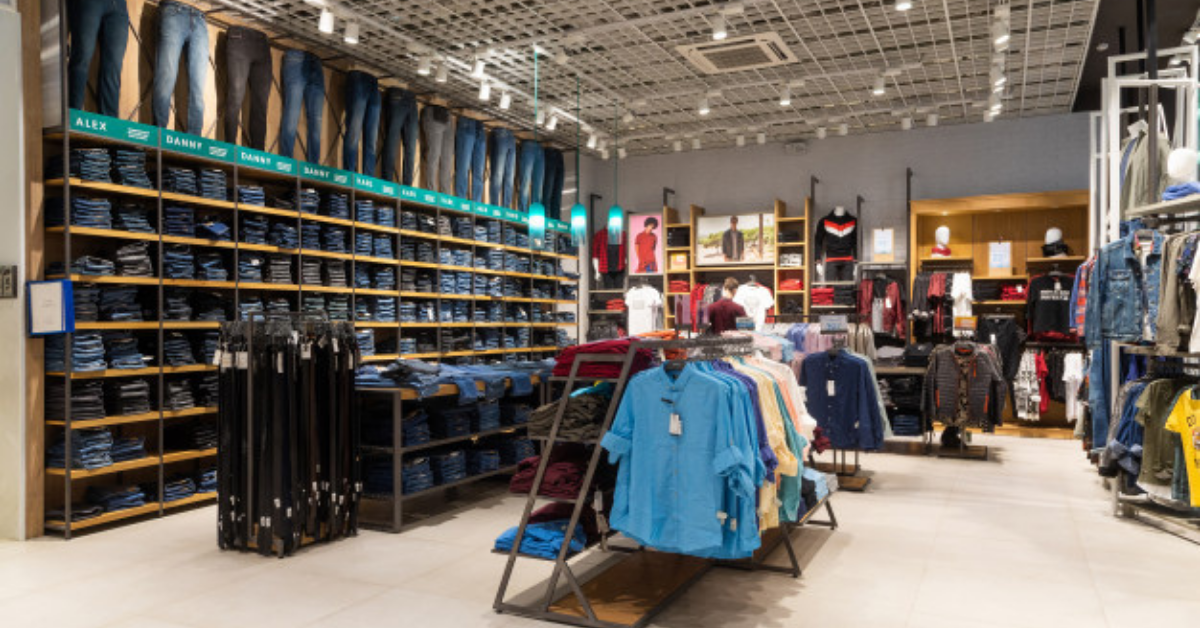In today’s competitive retail landscape, it’s not enough to simply have a great product or offer competitive prices. The way you present your merchandise plays a crucial role in attracting and engaging customers. This is where the art of retail store display comes into play. A well-designed store layout and visually appealing displays can make all the difference in creating a memorable shopping experience that keeps customers coming back for more. A well-designed and strategically planned retail store display has the power to attract and engage customers, ultimately leading to increased sales and customer satisfaction. Understanding the importance of retail store display is crucial for any retailer looking to create a memorable shopping experience. First and foremost, well-executed product display shelves or a store display catches the attention of passersby and draws them into the store. It serves as a visual representation of the brand’s identity and sets the tone for the entire shopping experience.
An attractive and inviting display not only piques curiosity but also creates a positive first impression, making customers more likely to explore further and make a purchase. Beyond simply grabbing attention, a thoughtfully arranged store display has the ability to showcase products in their best light. By highlighting the features, benefits, and unique selling points, retailers can effectively communicate the value of their offerings to customers.
Maximizing visual merchandising techniques
Visual merchandising is an essential aspect of creating an engaging and attractive retail store display. It is an art form that involves strategically arranging products, utilizing colors, textures, and lighting, and creating appealing visual narratives to capture customers’ attention and drive sales. One effective technique to maximize visual merchandising is to create compelling product displays. Consider grouping related products together to create a visually cohesive and impactful arrangement. This not only helps customers easily find what they are looking for but also encourages them to explore complementary items they may not have considered. Another key aspect of visual merchandising is the art of storytelling. Use props, signage, and imagery to create a narrative around your products and brand. This helps customers connect with your store on an emotional level and makes the shopping experience more memorable.
Conclusion
By curating a visually pleasing display, retailers can create a sense of desire and urgency, motivating customers to make a purchase. Moreover, a well-designed retail store display can help customers navigate the store and find what they are looking for. Clear signage, strategic placement of products, and intuitive layout can enhance the overall shopping experience, making it easy and enjoyable for customers to find what they need. This not only saves time for customers but also increases their satisfaction and likelihood of returning in the future. Lastly, a well-planned retail store display can foster customer engagement and interaction.
By incorporating interactive elements, such as touch screens, product demonstrations, or samples, retailers can create a memorable and immersive experience that keeps customers engaged and encourages them to spend more time in the store. This level of engagement helps build a connection between the customer and the brand, leading to increased loyalty and repeat business. In conclusion, understanding the importance of retail store display is vital for retailers aiming to attract and engage customers effectively.












